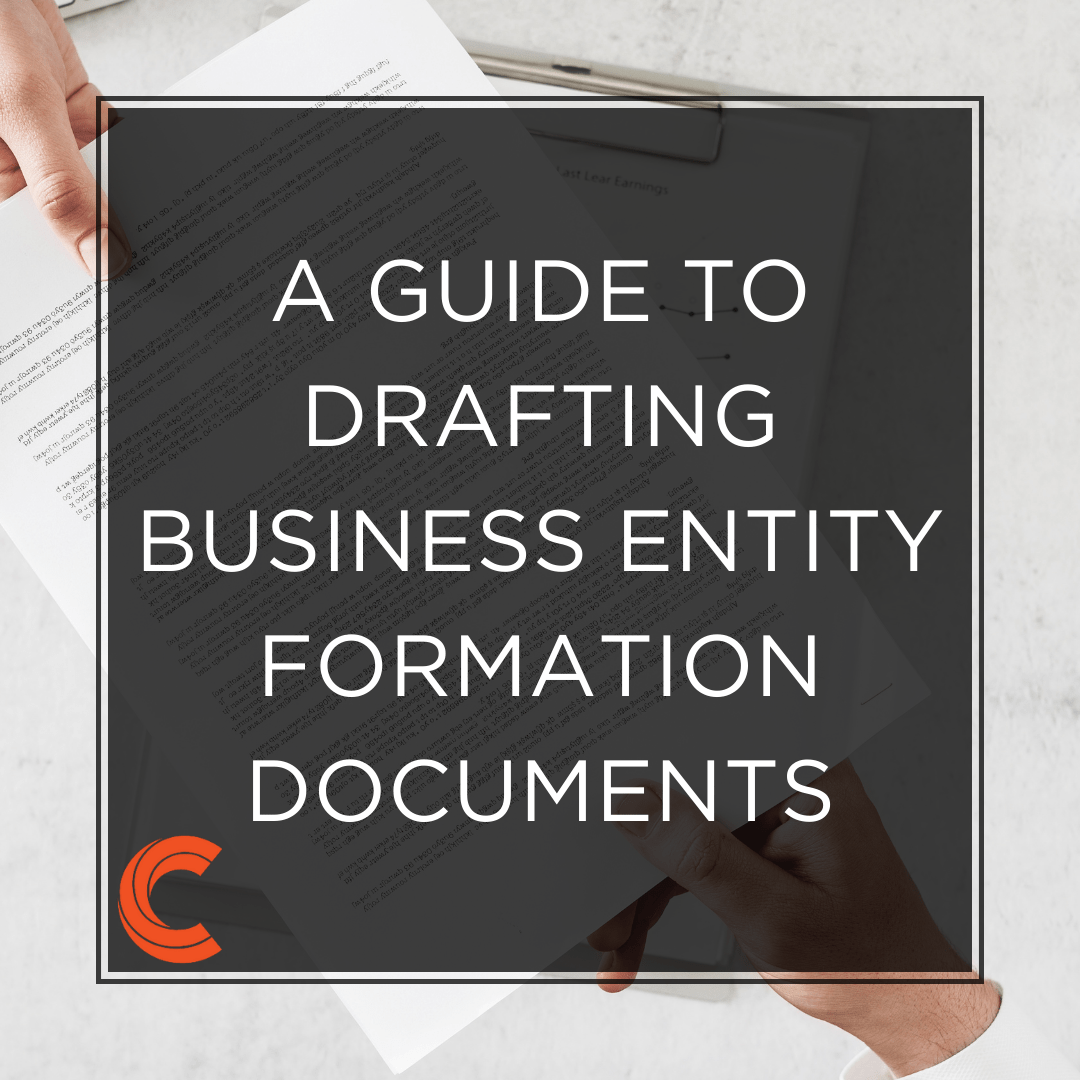Launching your business is an exciting adventure. But before you open your doors, a crucial step involves establishing a legal structure for your company. This structure defines your business entity, which dictates how your company operates, taxes are paid, and ownership is divided. Drafting the essential documents for your chosen entity is a key part of this process.
Choosing Your Business Entity
The first step is selecting the most suitable business entity type for your needs. Here are the most common options:
- Sole Proprietorship: Simplest structure, owned and operated by one person. Offers easy setup but limited liability protection (owner’s personal assets are at risk).
- Partnership: Two or more people co-own and manage the business. Shares profits and losses based on the partnership agreement. Offers some flexibility but also potential for disagreements between partners.
- Limited Liability Company (LLC): Offers a balance of flexibility and liability protection. Owners (called members) are shielded from personal liability for business debts. Requires filing formation documents with the state.
- Corporation: More complex structure with a board of directors overseeing management. Offers strong liability protection but comes with additional regulations and formalities.
Drafting Your Business Entity Formation Documents
Once you’ve chosen your entity type, it’s time to tackle the documents. Here’s a breakdown of the essential documents for each common structure:
Sole Proprietorship:
- Business Name Registration: If operating under a name different from your own, file a “Doing Business As” (DBA) form with your state.
Partnership:
- Partnership Agreement: A written contract outlining ownership percentages, profit-sharing, decision-making procedures, and dispute resolution mechanisms.
Limited Liability Company (LLC):
- Articles of Organization: Key document filed with the state, specifying the LLC name, business purpose, and registered agent address.
- Operating Agreement: Internal document governing the LLC’s management, ownership structure, profit-sharing, and member responsibilities.
Corporation:
- Articles of Incorporation: Similar to LLC Articles of Organization, this document outlines the corporation’s name, purpose, and registered agent details.
- Bylaws: Internal rules outlining the corporation’s structure, board of directors’ responsibilities, shareholder rights, and meeting procedures.
Tips for Drafting Business Entity Formation Documents
- Clarity and Specificity: Use clear and concise language. Avoid ambiguity to minimize potential future disputes.
- Accuracy: Ensure all information is accurate and current, including names, addresses, and ownership percentages.
- Compliance with State Regulations: Requirements vary by state. Research your state’s specific filing procedures and document requirements.
Seeking Professional Help
While some online templates exist, business entity formation documents carry significant legal weight. Considering the implications, consulting with a qualified business lawyer is highly recommended.
Here’s how a lawyer can help:
- Choosing the Right Entity: An attorney can advise you on the most suitable business structure based on your specific needs and goals.
- Drafting Legally Sound Documents: Lawyers ensure your documents comply with state regulations and effectively protect your interests.
- Anticipating Potential Issues: They can identify potential legal hurdles and guide you through the filing process.
Conclusion
Drafting business entity formation documents is a crucial step in launching your business. By understanding the types of entities and the documents required, taking a careful approach, and potentially seeking legal guidance from firms like Carbon Law Group, you can ensure a smooth and legally sound foundation for your entrepreneurial journey. Remember, a well-structured business is better equipped to navigate future challenges and achieve success.





